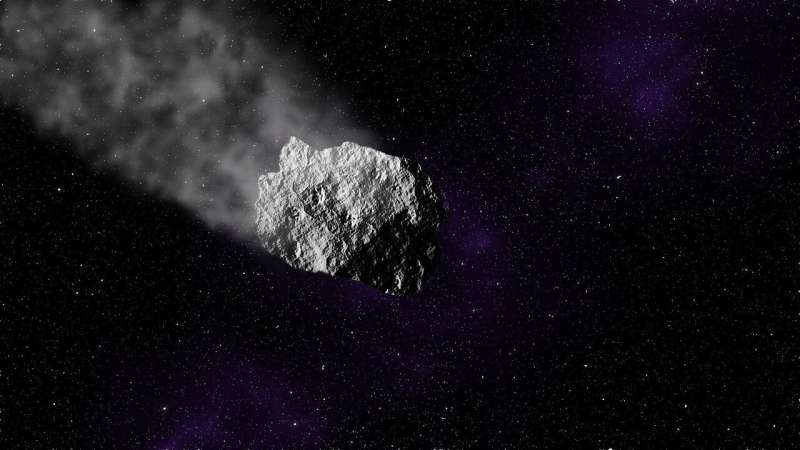Such metals tend to come from a few countries, which puts their supply at risk, adding to costs. To overcome such challenges, some companies are turning their sights to the oceans—the seafloor has been found to harbor huge amounts of valuable metals. But harvesting them involves disturbing ecosystems, polluting the sea and incurring costs associated with deep-sea operations.
That has led some, such as the two groups in these new efforts, to consider the costs that might be associated with harvesting such metals from asteroids, and whether they might be low enough to make their pursuit worth the investment.
In the first paper, Corrado et al note that space advances have traditionally involved economic spillover, where space activities have stimulated advances and eventually profits of companies who capitalized on them. They suspect the same will be true with future space efforts, including mining asteroids.
In contrast, in the second paper, Fleming et al focus more specifically on metal mining asteroids. They look at the costs for all the factors involved, starting with R&D, and progressing through designing and building rockets and the hardware they would carry (including robots) to dig metal from asteroids and bring it back to Earth.
Their math suggests that over the next 30 to 40 years, harvesting metals from asteroids could become not only profitable but also the predominant means of miningprecious metals as prices rise and the cost of working in space declines.
More information: Luisa Corrado et al, Space exploration and economic growth: New issues and horizons, Proceedings of the National Academy of Sciences (2023). DOI: 10.1073/pnas.2221341120
Maxwell Fleming et al, Mining in space could spur sustainable growth, Proceedings of the National Academy of Sciences (2023). DOI: 10.1073/pnas.2221345120
Journal information:Proceedings of the National Academy of Sciences
© 2023 Science X Network



